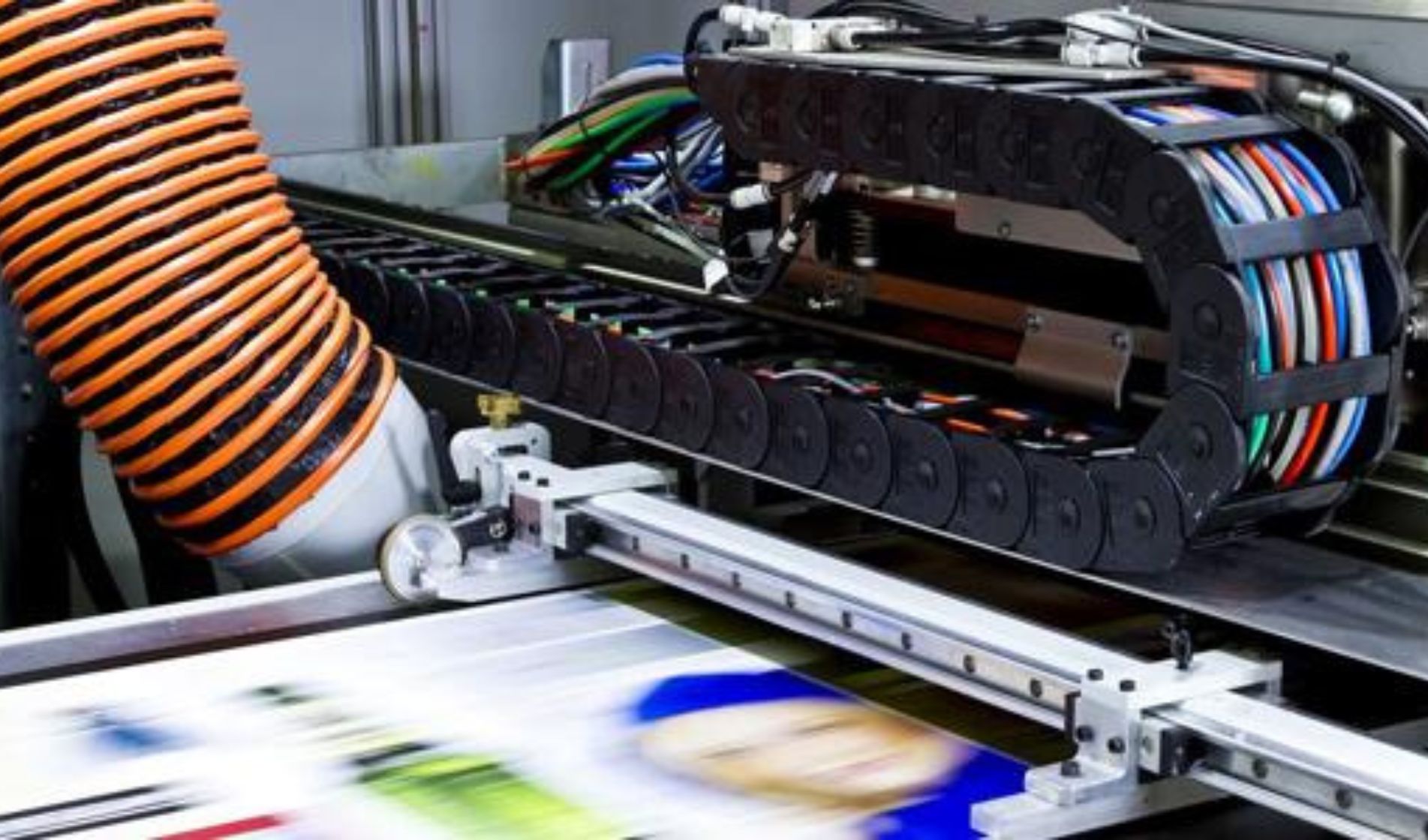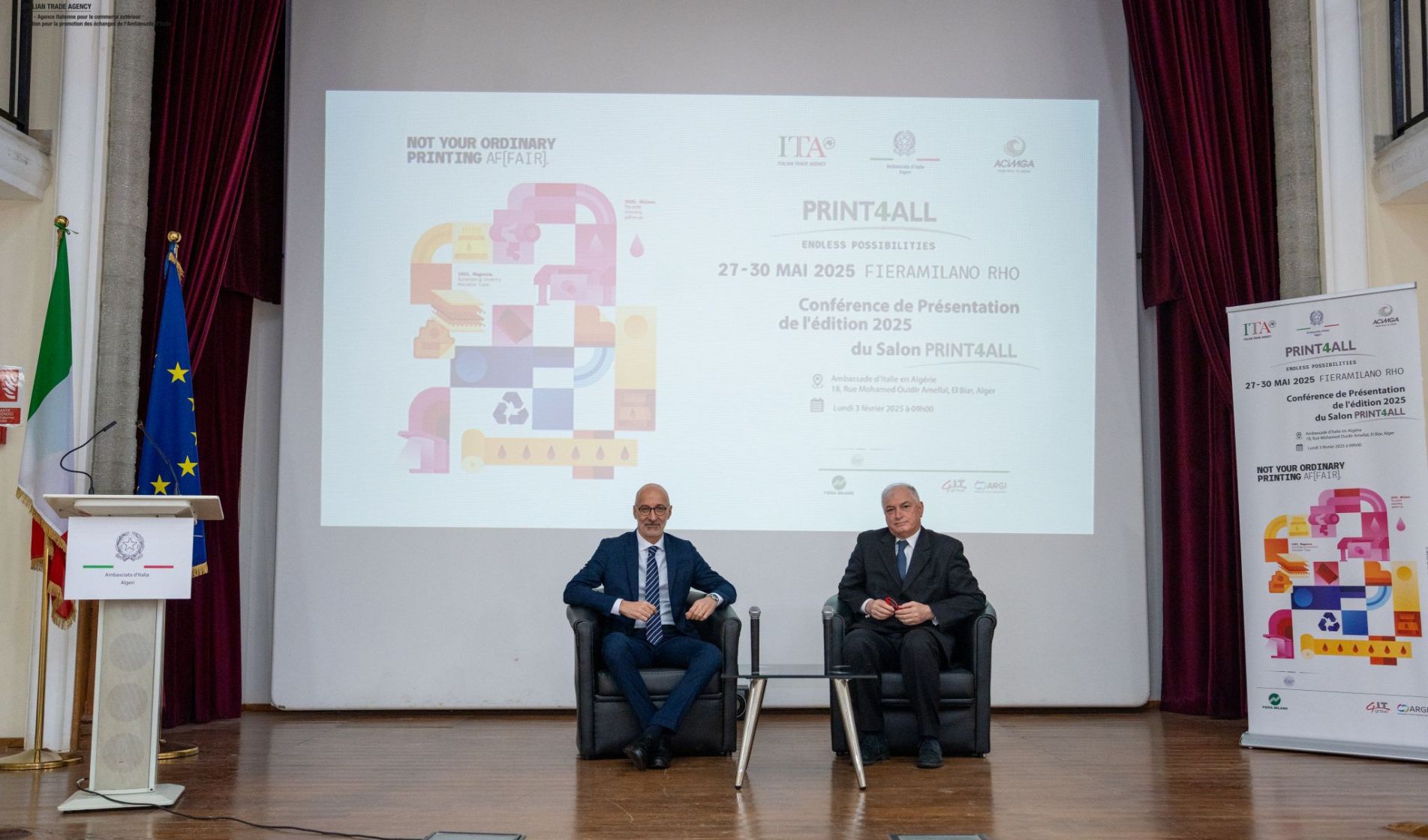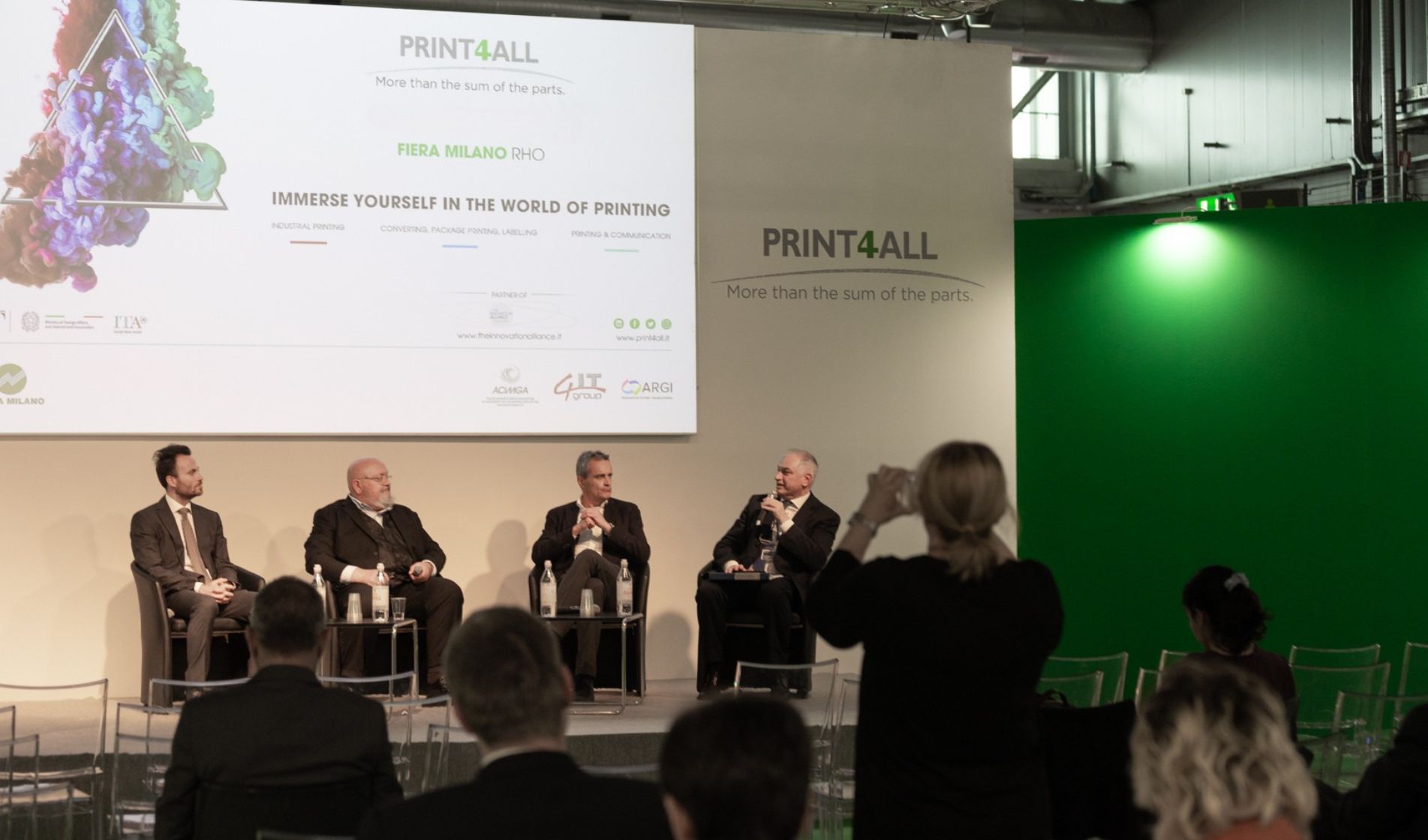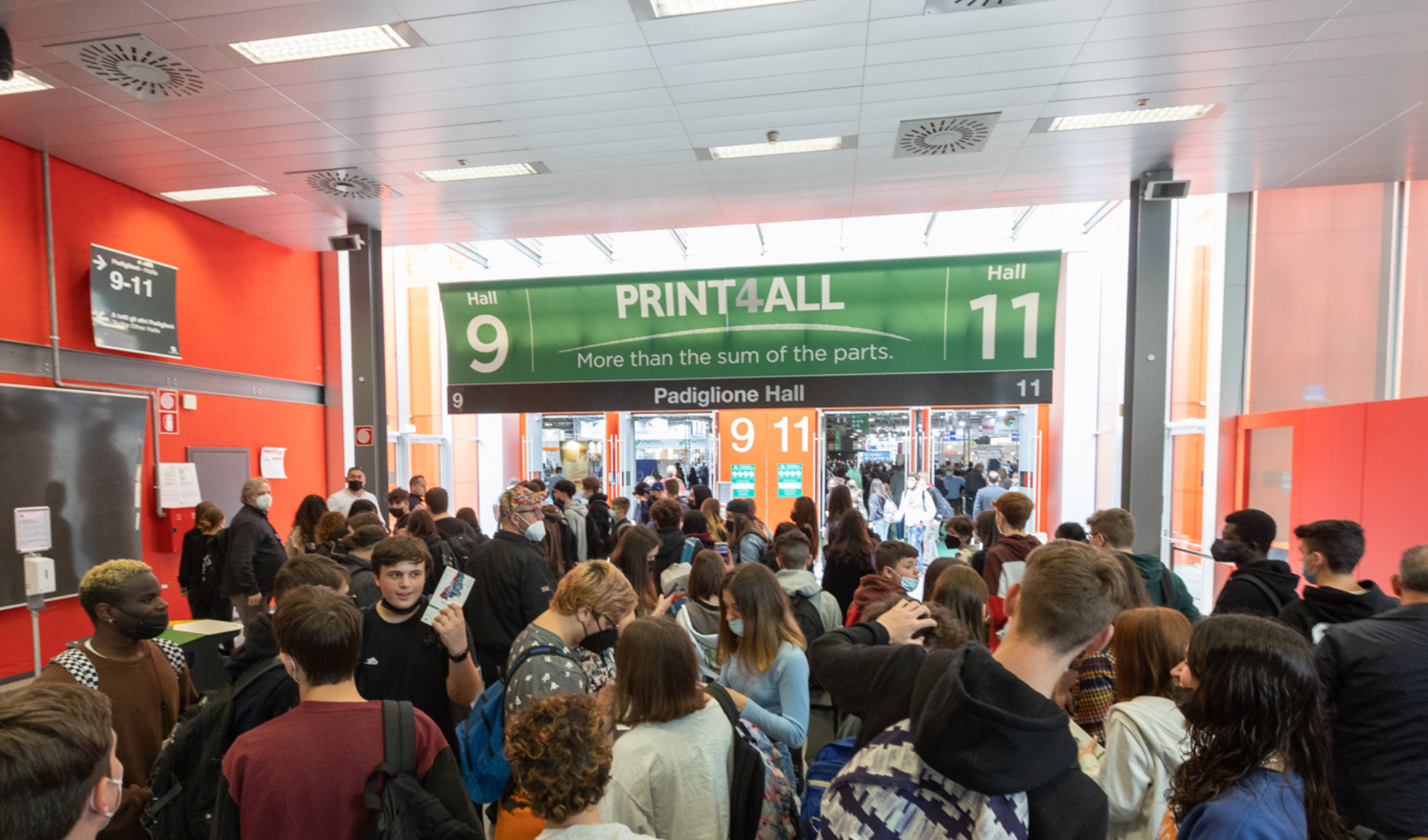“2021? I see it as a year with double acceleration: the technological one, which has been going on for a long time, and the more recent one, which I might define as ‘forced’, driven by the pandemic” – Mattiello began.
THE FIRST MAJOR ACCELERATOR: TECHNOLOGY
“The strong technological acceleration we are experiencing – he specifies – has nothing to do with Covid, but has a long history and it is, let’s say, coincidental that precisely between this year and 2025 many technologies in which we have been investing for a long time will reach their maturity. Here’s four of them that are bound to change the scenario:
- 5G: it is already a reality in many cities, but within three years it is set to revolutionise the business world and all areas of production.
- cloud: until now, companies had to internally structure themselves with new competences in order to use new services. Today, thanks to the potential of the cloud, you no longer need to produce in-house, you can buy.
- Artificial Intelligence: this is set to spread to all fields, increasing their potential. Many start-ups are already working on it. Let me give a basic example: written text was the first thing we digitised thirty years ago. Today, the potential is completely different: thanks to AI, we have moved from simple grammar checking to semantic processing by objectives. In short, if I want to come up with a text that will appeal to a certain target group, I can simply flag it up to my software which, on the basis of recorded data, will rework it to increase the engagement capacity. Think also about deepfakes: created to make fun of politics on the Internet, they can turn into a real marketing or commercial service. By purchasing on existing platforms, I can get avatars that can present my product in all the languages of the world. In short, AI is the new frontier available to every industry: nowadays, anyone who is not committed to optimising their business with artificial intelligence will probably be out of the game within five years.
- Robotics: a few months ago, the CES in Las Vegas was organised in virtual mode and at least 50% of the exhibitors presented examples of robotics. And I’m not just talking about robotics applied to production or industrial environments, I’m also thinking about logistics and retail. In short, technologies are meant to 'have hands', not in the sense of humanoid robots, but in the sense of the ability to do something. Small devices capable of performing concrete tasks will more and more frequently find their way into our homes and our businesses”.
COVID: INDUCED ACCELERATION
“The second acceleration” - continues Mattiello - “is the one generated by Covid-19. The pandemic, along with all the problems with which we are unfortunately familiar, has also brought a very important cultural change, finally making us overcome our resistance to digitalisation. In short, in a few weeks, it forced us to go digital.
That is why, having made this cultural leap, 2021 will be the year in which each reality will have to commit to finding a balance between what can be done in the, let's call it, traditional location; what can be done at home and what can be done in the digital world. The new way of doing business should aim at balancing these three realities, which are now interacting seamlessly. I’ll use the trivial example of the shop. Today’s owner will have to ask himself which activities must necessarily return to the physical space, which can be carried out by entering the homes of his customers and which, finally, must be managed digitally and with which tools.
Covid has changed so many realities in just a few months. The world of medicine, partly due to the fear of contagion, partly because of the need for social distancing and the need to manage large numbers of patients, has been forced to take a digital leap.
New technologies, together with the new cultural approach developed by doctors themselves, have completely changed the relationship with the patient, so that what used to happen only in pharmacies, for example, now is happening in our homes. Going back to CES in Las Vegas, it introduced mobile phone-based patient monitoring systems and follow-up systems enabling live blood test results to be obtained at home”.
THE NEW SCENARIO: AN OPPORTUNITY TO BE SEIZED
“Therefore, what was expected to happen in a specific place a few months ago has now been transformed and moved into our homes. This is an irreversible change, therefore a new balance will have to be found.
In short, new technologies, combined with digital acceleration, have changed a lot of things and it’s now time to ask ourselves what we need to do in order to make the most of this new scenario, because going back will simply not be possible.
Our home is no longer a private environment, it has become a hub with which every business or educational environment must relate: it is an office, a school, a gym, a shop. This is a cultural change that has to be faced and some entities are already working concretely to revolutionise the old organisation. The University of Berkeley, for example, with Covid decided to experiment with a new teaching method they called flip education. Now that we know that e-learning works, we can maximise the results by ensuring that everyone can have a lesson with the best teacher available, who can teach on an online platform or with a recorded video, without any limits to the size of his class. But this does not mean that physical education will be eliminated. They will simply go to school not to listen to the lecture, but to do what used to be homework, and students will not be assisted by the teacher, but by a tutor, who works with smaller classes. Basically, Berkeley is proposing a new balance between digital and physical, with a completely inverted logic compared to the past. This is an example to explain how nowadays all realities are in fact being required to rethink themselves in the light of this past year.
Shops are already doing it as well: during the pandemic they reacted by employing sales force as call centres or using social channels, thus leading salespeople to discover new potentials from already existing tools and to develop a new culture of their professionalism. This acceleration will inevitably lead to change. In America, some retailers are already structuring themselves to have an in-house live area, so as to become a broadcaster who can decide whether to communicate one-to-many or one-to-one, and digital is an essential part of this process of change.
But the new, more digital approach is affecting all sectors. Let me get back to the example of CES in Las Vegas. Procter&Gamble organised a virtual event that, if compared to a 'traditional' digital fair, was revolutionary. They created a Virtual Life Lab, a digital environment where a person could enter and dialogue with Avatars of employees. An innovative idea, born out of necessity, which the company has now decided to keep simply because they discovered a new way of communicating with their customers".
DIGITAL AND PHYSICAL, LOOKING FOR A NEW BALANCE
“Beware, however, because this does not mean that the moment for physical encounter has been surpasse.” - concludes Mattiello - “I for one feel the need for face-to-face trade fair as a meeting point, but surely last year’s experience will lead us to change the logics and seek a new balance between physical and digital. At this point, the digital transformation has already taken place, we are in the next phase, which is the one of cognitive transformation, further accelerated by AI.
We might say that the current technological situation is extremely democratic: within the cloud you can access to any service and technology. The main ability of a company today should not be knowing how to do, but how to be able to select, because the technological context is for everyone, but the ability to be a system integrator and make the best choices is not for everyone".






.jpg)
